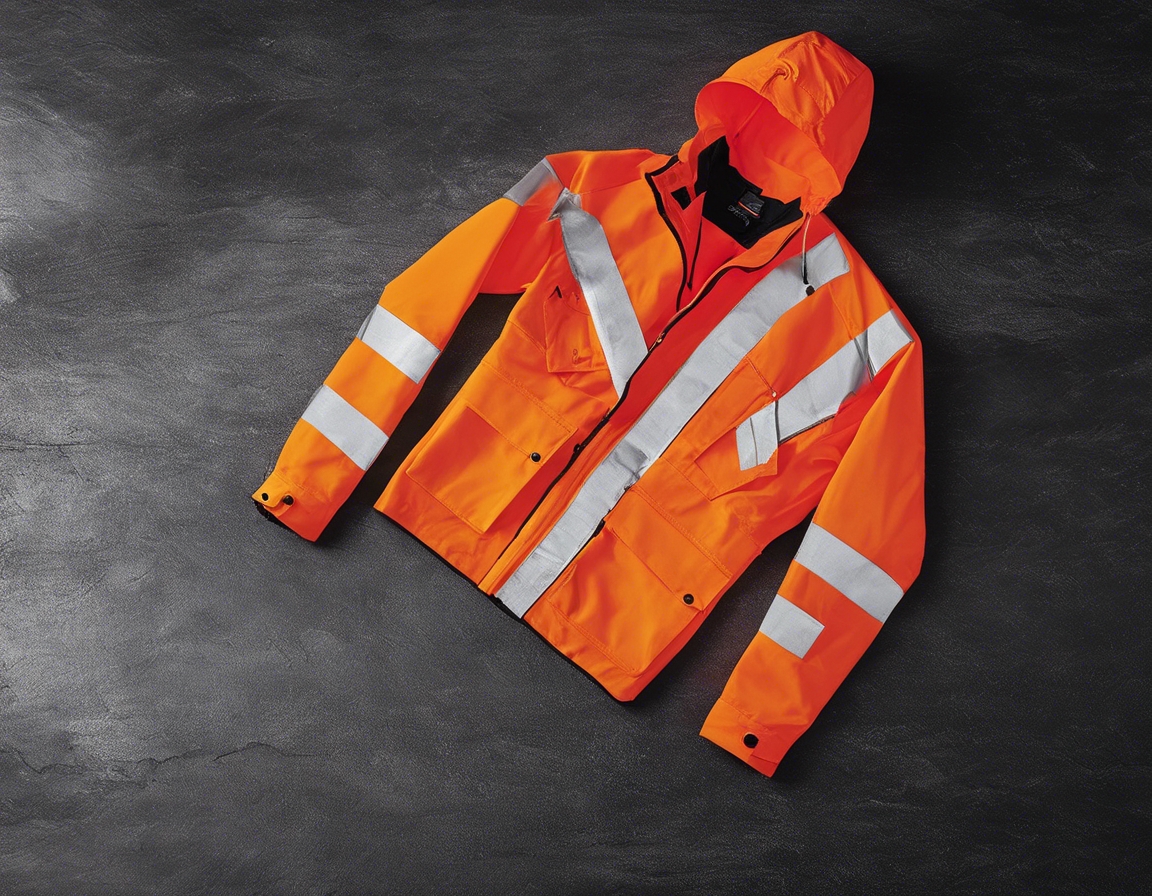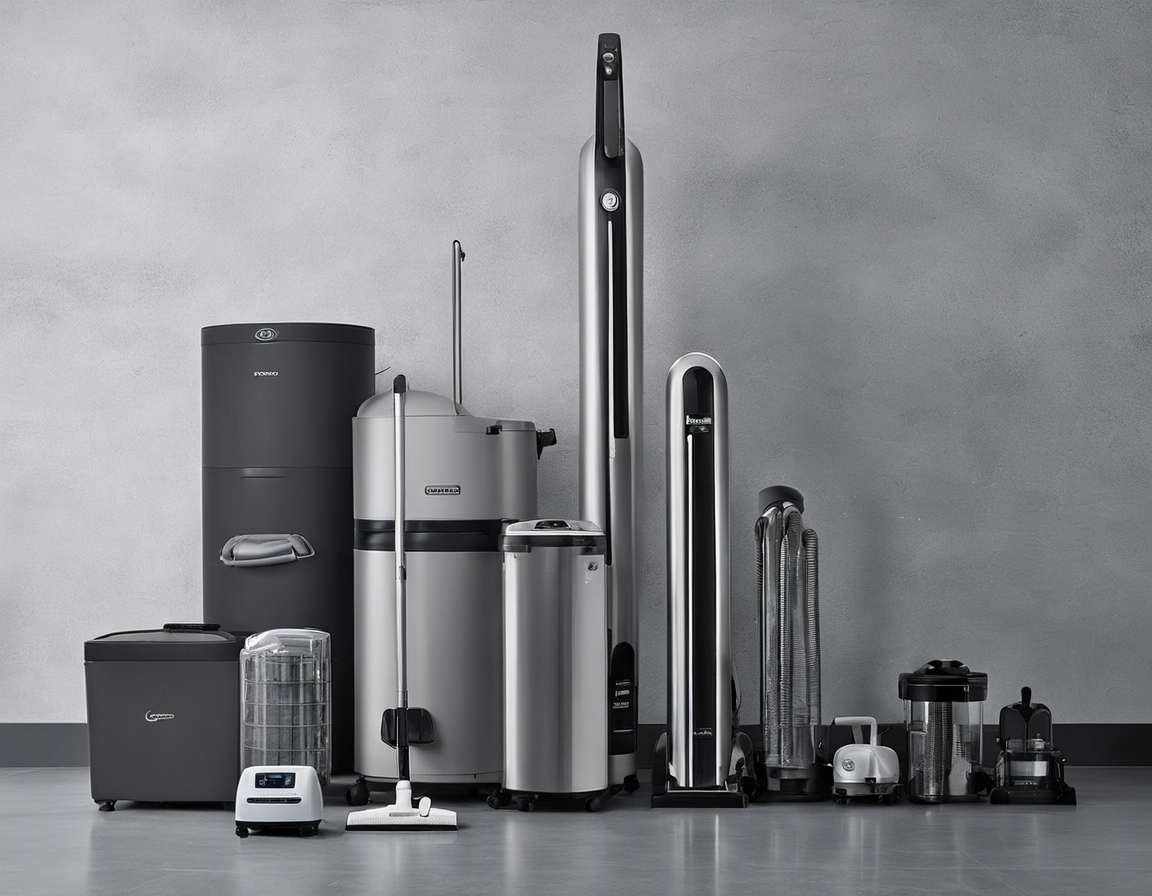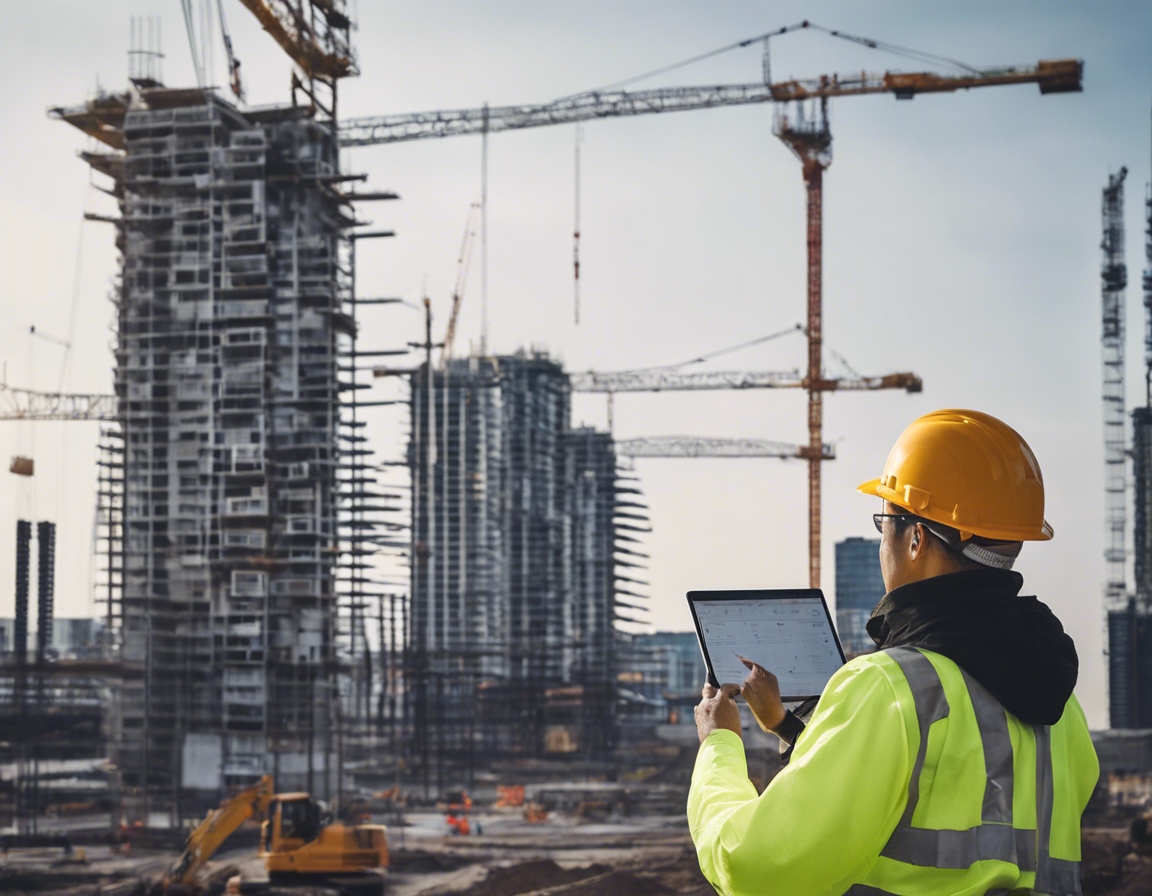The importance of professional ventilation design
Ventilation is the intentional introduction of outdoor air into a space and is a critical component of building design. It is essential for maintaining indoor air quality and ensuring the health and comfort of occupants. Professional ventilation design takes into account various factors such as air flow, energy consumption, and environmental impact to create systems that are both effective and efficient.
Poor ventilation can lead to a buildup of pollutants, moisture, and unpleasant odors, which can cause health issues, structural damage, and a decrease in productivity and comfort. It is therefore crucial to invest in a well-designed ventilation system that can mitigate these risks.
Key Components of Professional Ventilation Design
A thorough assessment of a building's ventilation needs is the first step in designing an effective system. This involves analyzing the space's use, occupancy, and any specific processes that may require additional ventilation.
There are various types of ventilation systems available, each suited to different building types and needs. A professional designer will be able to recommend the best system, whether it be natural ventilation, mechanical ventilation, or a combination of both.
Energy efficiency is a key consideration in ventilation design, as systems that consume less power reduce both environmental impact and operating costs. Sustainable design also includes the use of eco-friendly materials and practices.
Benefits of Professional Ventilation Design
Proper ventilation reduces the concentration of airborne contaminants, thus improving the health and safety of building occupants. It also helps in preventing the spread of diseases.
A well-ventilated space provides a comfortable environment that can enhance the productivity and well-being of its occupants.
Investing in a professionally designed ventilation system can lead to significant long-term savings by reducing energy costs and minimizing the need for repairs and maintenance.
Industry-Specific Ventilation Design Considerations
For private homeowners, ventilation design must balance comfort with efficiency, often integrating with the home's aesthetic and structural design.
Office buildings require ventilation systems that can handle high occupancy levels and diverse space usage while maintaining a consistent and comfortable indoor environment.
These environments have unique challenges due to the presence of fumes and chemicals, necessitating specialized ventilation solutions to ensure worker safety and compliance with regulations.
Ventilation in these industries must address specific concerns such as dust control, humidity management, and odor containment, all while maintaining product quality.
Choosing the Right Ventilation Design Partner
It is important to choose a ventilation design partner with the right expertise and experience to ensure that your system is designed and implemented effectively.
A good design partner will offer customized solutions that can adapt to the specific needs and constraints of your project.
Look for a partner who is committed to delivering high-quality systems that are built to last and have minimal environmental impact.








Comments (0)